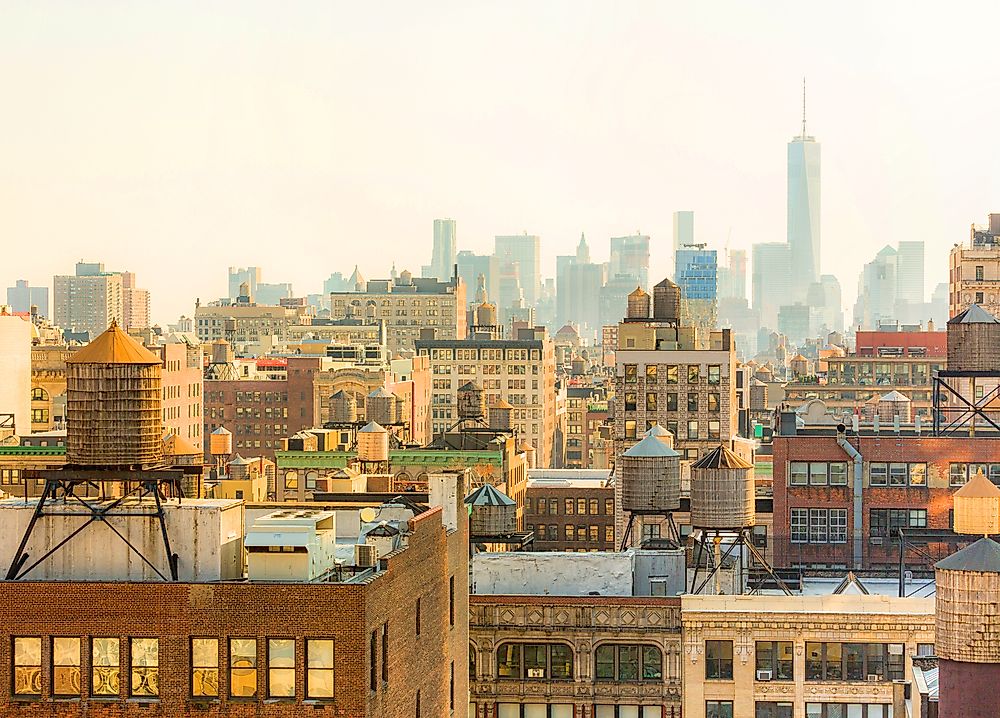What is Manhattanization?

What is Manhattanization?
The Manhattan skyline and the experience that dense and tall buildings have on the ground have elicited varied reactions in and beyond the United States. For fanatics and lovers of tall buildings, walking through Manhattan is like a utopian dream. However, for people who do not enjoy dense skyscrapers, walking and living in such a place would surely be a nightmare.
Love it or hate it, Manhattan is considered the trailblazer of skyscraper development. The city is characterized by a huge swath of buildings and is considered to have on of the most impressive skylines in the world. The cityscape of Manhattan is easily identifiable and so popular that the term "Manhattanization" has been coined to describe similar skyline developments in other cities such as Miami, Toronto, and San Francisco.
Manhattanization
The term "Manhattanization" has been used to describe big cities that are undergoing changes due to a boom in downtown skyscrapers. It is a neologism term that has been coined to describe the construction of many skyscrapers or closely packed buildings transforming the appearance and characteristics of a city to resemble Manhattan. The term was used by critics of the high rise buildings built in San Francisco in the 1960s. Critics argued that the buildings were not good for the city since they would block the view of the bay and the surrounding hills. However, the idea of Manhattanization was soon accepted due to the careful urban planning. The term has been applied to several smaller US cities that have developed high-rise rental buildings since 2000.
Examples of Manhattanization
- San Francisco: The idea of Manhattanization came up frequently in San Francisco in the 1960s and 1970s. It was raised by Telegraph Hill residents who were concerned about losing their view of the bay. The increasing demand for housing in San Francisco has led to a boom in the development of high-rise buildings. The limited geographical confinements of the city only allow it to expand upwards.
- Miami: Manhattanization has been used to describe the 2003-2008 boom of real estate development in Miami that led to the construction of over 50 skyscrapers across the city. With over ten thousand residential units added to the city, it witnessed an increased prevalence of transport usage similar to Manhattan. Miami is to an extent similar to southern Manhattan in terms of high rise buildings and the large financial district.
- Toronto: The surge of office construction in Toronto is a welcome relief to the perennial housing shortages in the city. After a decade of stagnation, developers have invaded the downtown area. With several new condominiums going up, Toronto’s downtown is considered to be undergoing some sort of Manhattanization. The downtown is becoming busier and livelier each passing day. With the government support and the good will of the people, Toronto’s skyline is expected to be like Manhattan's.
Criticism
Manhattanization is also used by critics who decry the inconveniences caused by high-density tall buildings such as visual obstruction, traffic, and shadowing, rather than in reference to the boom in the construction of skyscrapers. Most critics are not opposed to the development of tall buildings and in fact support such development but are only concerned with the inconveniences and negative impacts of tall buildings. Some critics also suggest that Manhattanization represents a city with so many vices such as crime, drugs, and debt.











